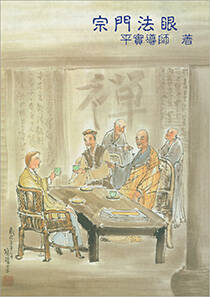
Excerpts From The Dharma Eye of Chan School
Venerable Xiao Pingshi
“A Chan practitioner should not by way of dhyāna cultivation bring the conscious mind to a state where it is “non-knowing of the six sense objects.” Such a mental state exists only in the samāpatti (deep mental absorption) in the second dhyāna or above, wherein the consciousness no longer discerns the five sense objects. As this kind of mental state is still within the bounds of our consciousness, it is not the prajna (wisdom) of the true reality that a practitioner should seek to realize through the Chan principle. On the contrary, a Chan practitioner should first acquire the skillful means of meditative concentration, specifically the ability to guard a huatou (literally meaning “ahead of word”). However, once the practitioner’s consciousness has acquired the concentration skill, instead of entering into a samādhi state, he should allow his consciousness to immerse itself in and experience all the six sense objects in daily life. This is the correct way to locate the True Mind, the mind that is truly “non-knowing of the six sense objects” yet exists in concurrence with the consciousness. In short, the conscious mind is aware of the six sense objects, but a Chan practitioner ought not regard the conscious mind’s detachment from the five sense objects as “awakening to the True Mind.”
The Dharma Eye of Chan School, p.360

